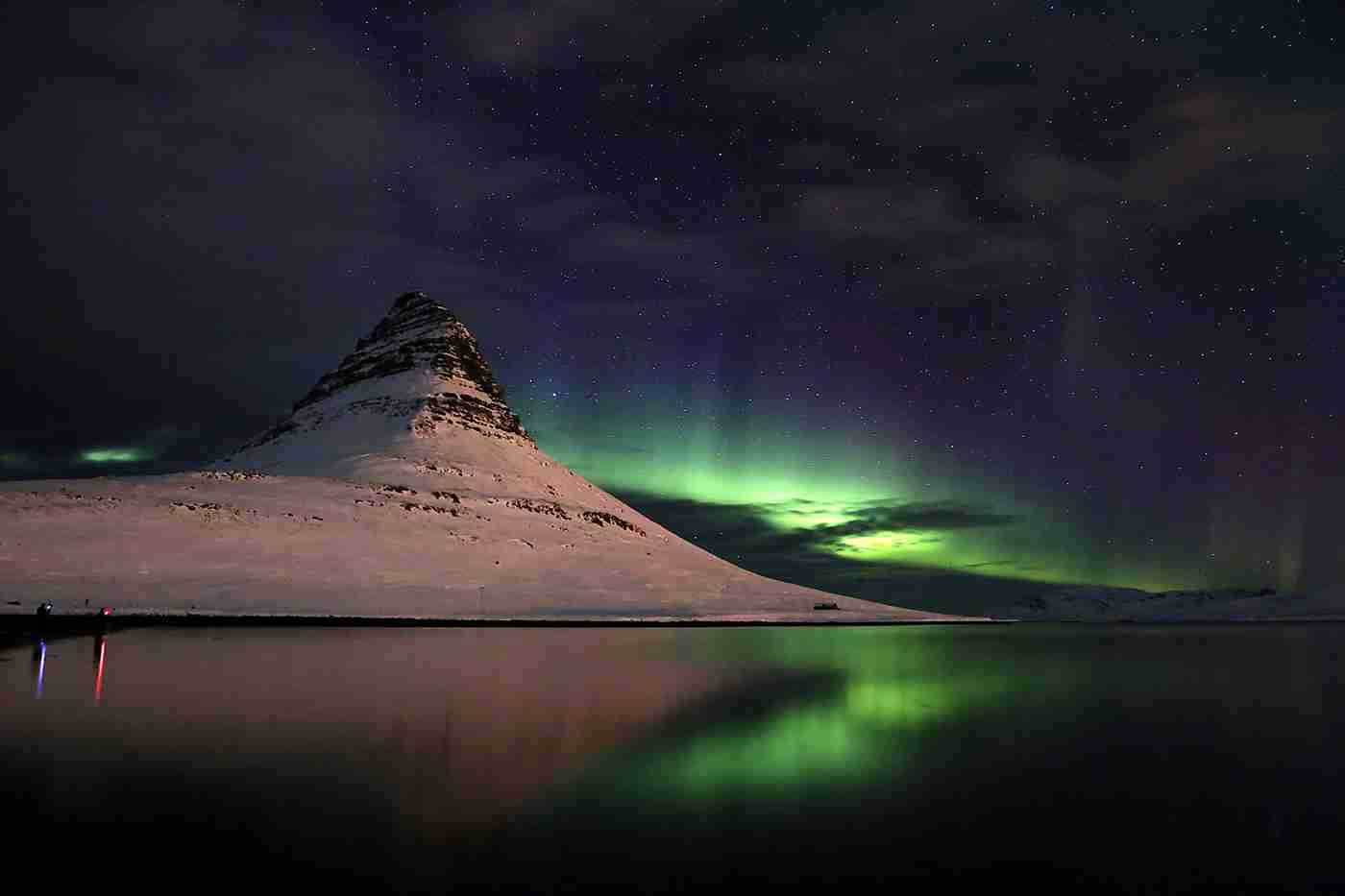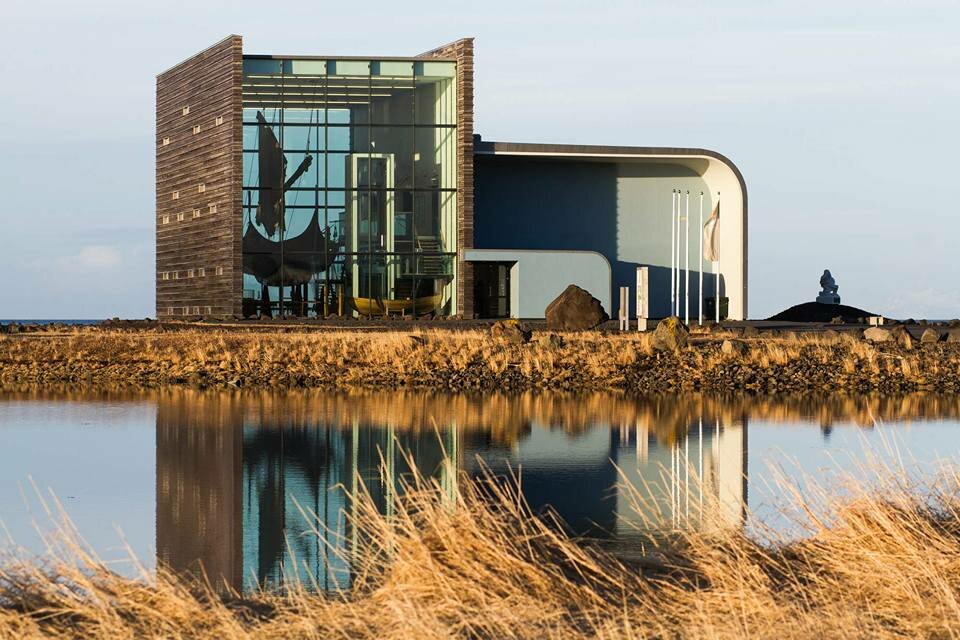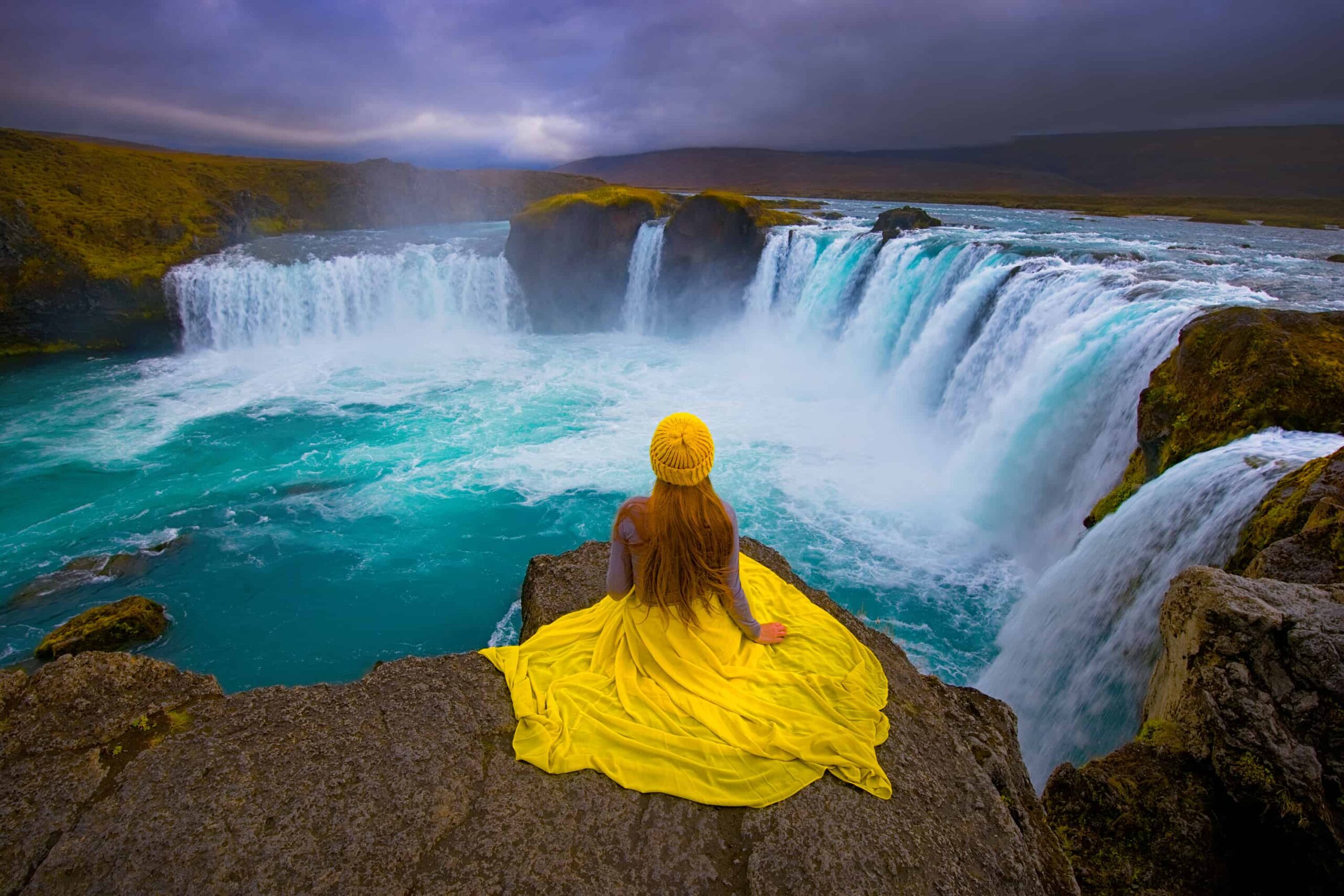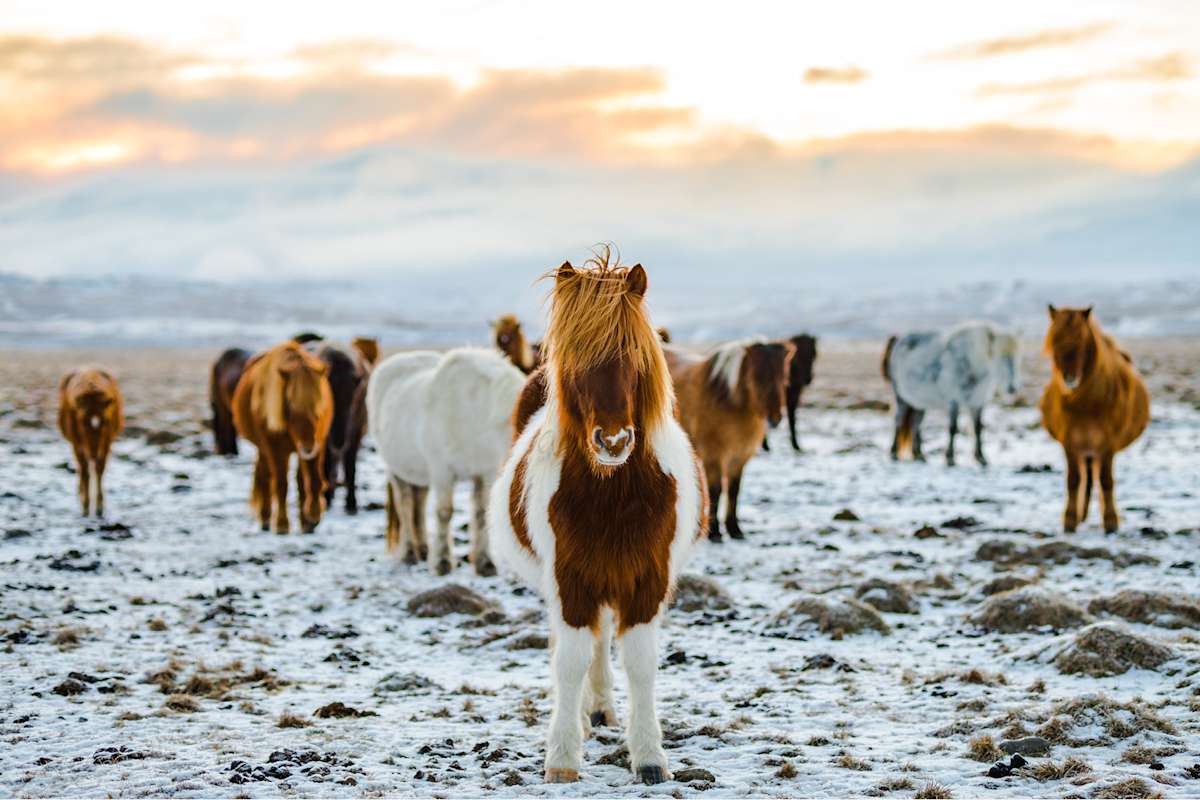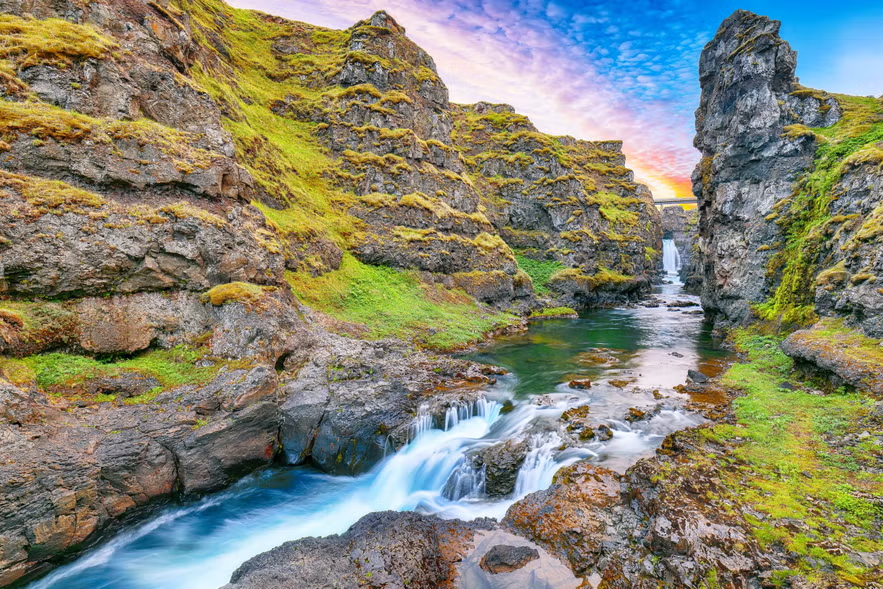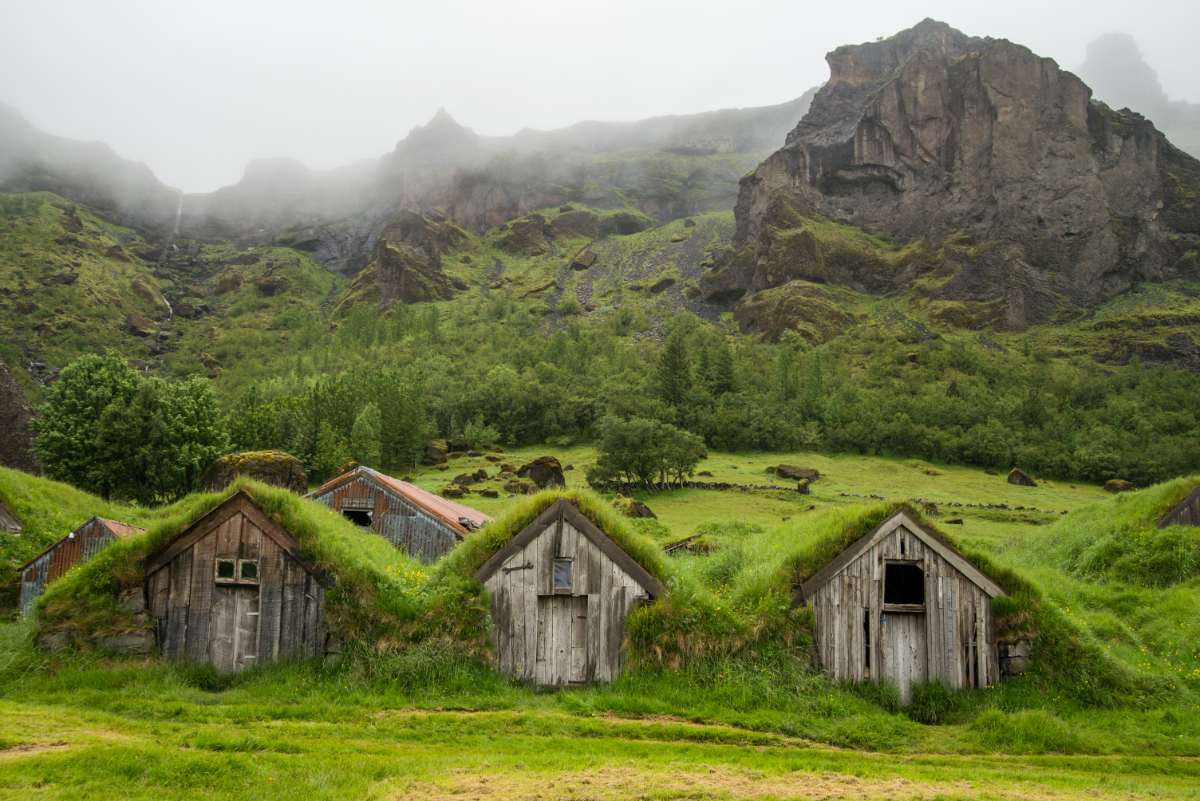Why There Are So Many Statues in Reykjavik
Category
Categories
Travel Guide
Type
Glacier Lagoons, Bird Sights
Destination
Vatnajokull national Park
High season
Jun - Aug & Nov - Jan
Area
18 sq km
Outflow
Atlantic Ocean
Popular articles
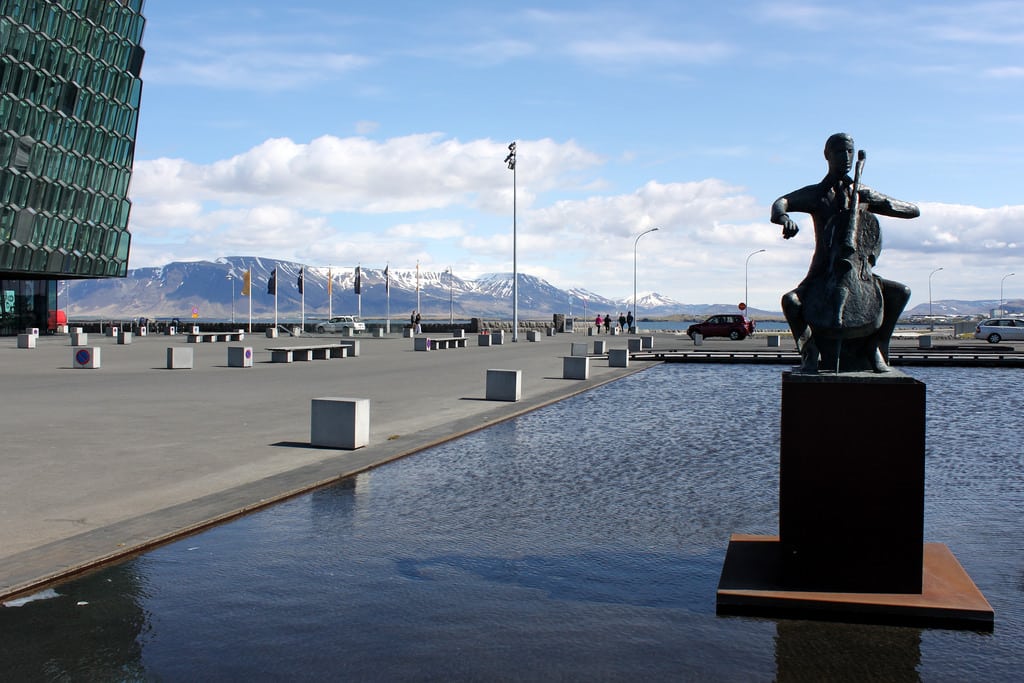
Introduction: Reykjavik, the world’s northernmost capital city, boasts a unique allure that captivates visitors from across the globe. Bracing North Atlantic winds whip through quaint cobblestone streets, while the awe-inspiring beauty of Mount Esja presides over the cityscape. Yet, one of Reykjavik’s most charming and thought-provoking features is not a natural phenomenon, but a man-made one – the city’s rich collection of statues and sculptures. These stunning creations are not simply street ornaments; they represent key elements of Iceland’s rich tapestry of cultural, historical and mythological traditions.
Why are there so many statues in Reykjavik? To answer this, we have to journey back in time, to understand the significance of these silent stone storytellers, their links to the past, and the deep-seated connection they have with the Icelandic people and their cultural identity.
Historical Significance and Cultural Importance: The old Icelandic proverb, “Glöggt er gests augað” (clear is a guest’s eye), sums up the country’s deep cultural affinity for self-expression through the medium of art. Sculptures and monuments adorn every corner of Reykjavik, each telling a unique and fascinating tale.
A prime example is Ingólfur Arnarson, the first Norse settler in Iceland. His statue overlooks the city from Arnarhóll hill, embodying the bold spirit of exploration and discovery that marked the Viking Age. Another iconic statue, located at the Reykjavík harbor, is the striking ‘Sun Voyager’ (Sólfarið) – an ode to the sun, symbolizing light, hope, and the promise of undiscovered territories.
Experience the Statues: Immersing yourself in the world of these sculptures means more than just admiring their artistic form. Try to decipher the story behind each piece, understand the thought process of the artist, and reflect on the sense of history, culture, and mythology each statue embodies.
To get the most out of this experience bring along a local guidebook explaining the background of the most prominent statues. Visiting in the soft light of the early morning or late evening gives a dramatic aura to these statues and certainly will improve your photos. Also, don’t forget to explore the smaller, lesser-known pieces, often hidden in plain sight around the city – these reveal fascinating insights into Icelandic daily life, folklore, and tradition.
The Legends and Myths: Beyond the historical commemorations, many of Reykjavik’s sculptures draw from the wellspring of Icelandic mythology. This cultural repository has inspired countless works, like the mesmerizing ‘Water Carrier’ statue that embodies the tale of a legendary giantess, celebrated for her strength and resilience.
The Cultural Significance: The ubiquity of statues throughout Reykjavik is testament to the Icelanders’ deep cultural propensity for storytelling. Each sculpture carries a narrative thread woven through the country’s complex tapestry of history, mythology, and culture. This storytelling tradition is central to Icelandic identity, shaping their worldview and strengthening the bonds of community.
Conclusion: Whether they depict proud Viking settlers, modern symbols of optimism, or legendary figures from mystical sagas, the statues of Reykjavik are more than just artistic installations. They capture the soul of Iceland – its proud history, vibrant culture, and enduring spirit of resilience. Experiencing these captivating figures first-hand is to engage in a silent dialog with the heart of Iceland, offering profound insights into this remarkable island nation. So, when you plan your trip to Reykjavik, remember, the magic of the city lies not just in its natural beauty, but also in the tales cast in stone on every street corner.

